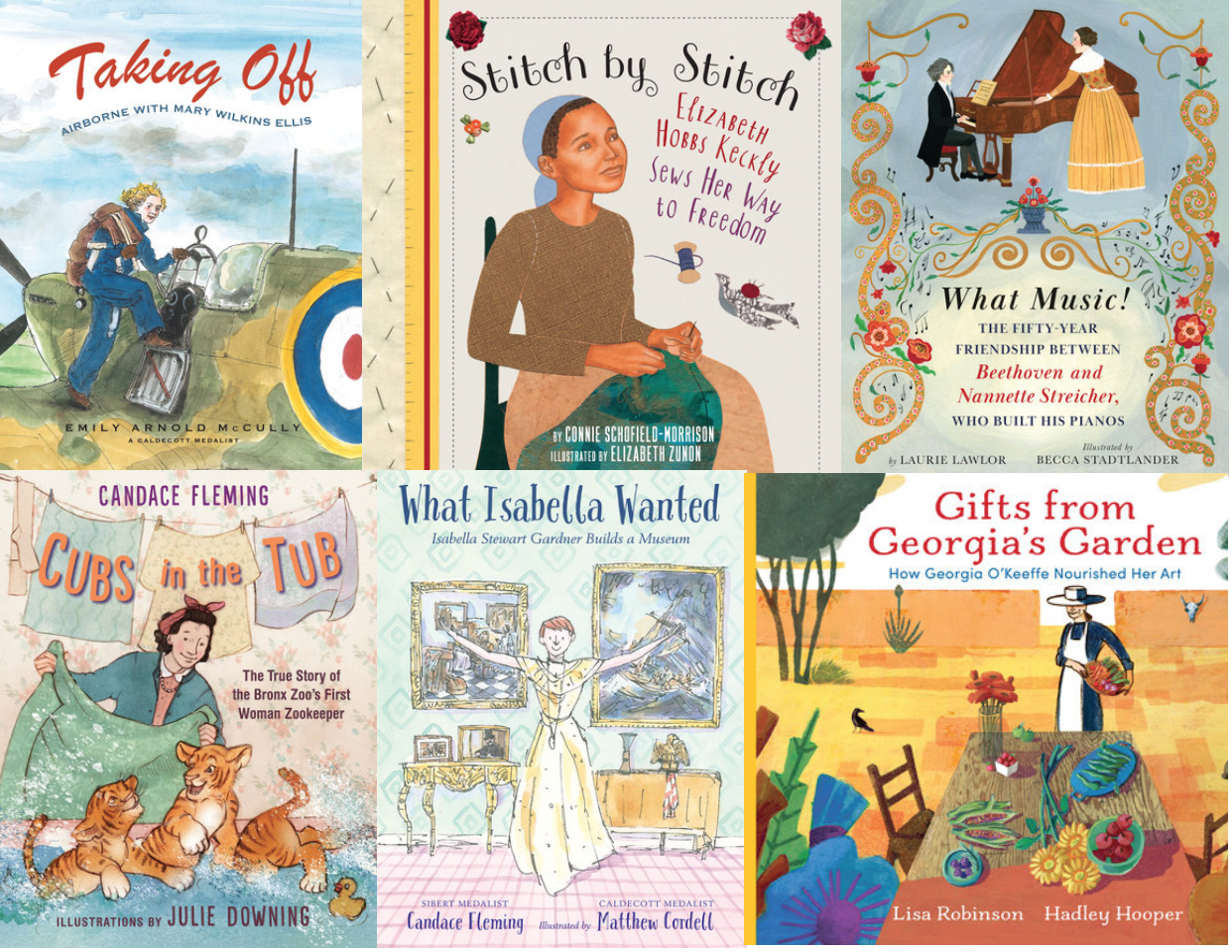
Choosing the right university to attend after high school is arguably the biggest decision of most students’ lives. There are so many things to take into account, but one of the most important should be the content of the course or degree itself.
For students looking to study English Literature, it’s crucial to pay attention to the required reading lists – more so than ever, with the number of books being banned across the US growing every month.
Learning from a diverse range of source materials allows students to enjoy a more fulfilling and comprehensive academic experience – but which universities in the US are offering the best degrees for this?
Female authors have been underrepresented in education for generations, with their male counterparts almost exclusively dominating the public sphere and being given the platform to amplify their work. However, some colleges in the U.S. today appear to be making more progress than others by bringing more female authors into the learning agenda in their English Literature degrees.
By analyzing Open Syllabus for required reading lists, and Goodreads for additional data, language learning platform Preply determined which universities boast the most varied and inclusive English Literature courses at 170 U.S. colleges to determine the top studied female writers, the most assigned books on course reading lists, and the top institutions for female author representation in the country.
Key Findings:
- 15 out of the top 20 studied authors across all syllabi analyzed were male, with women writers such as Kate Chopin and Virginia Woolf bucking this trend.
- Frankenstein by Mary Wollstonecraft Shelley was the most studied title by a female author, being 1 of only 3 books penned by women authors to appear in the top 10 most studied books assigned by professors.
- Western Illinois University had the highest proportion (44.9%) of female to male writers included on its syllabus making it the most gender diverse English course in the US.
Top 20 most studied authors by English Literature students and why only 5 of them are women
Despite female authors becoming more prevalent in English Literature courses, men still dominate the ‘most-read’ list. Our analysis found 7 of the top 10 most studied authors are male, with Kate Chopin, Zora Neale Hurston, and Virginia Woolf being the three female contributors to buck the trend. The likes of William Shakespeare, Edgar Allen Poe, and William Faulkner all remain familiar names for English Literature students, with Shakespeare’s work appearing almost three times as often as the leading female author – Kate Chopin.
There is some historical reasoning as to why this is the case. Until recent decades, women were traditionally overlooked when trying to get their writing published, leaving the market to be dominated by male authors. To get around this, many female authors actually published their work anonymously or under a male pseudonym.

Here is how the ranking would look if we were to remove the male authors:
- Kate Chopin
- Zora Neale Hurston
- Virginia Woolf
- Mary Wollstonecraft Shelley
- Charlotte Perkins Gilman
- Jane Austen
- Toni Morrison
- Alice Walker
- Flannery O’Connor
- Susan Glaspell
- Harriet A. Jacobs
- Shirley Jackson
- Joyce Carol Oates
- Sandra Cisneros
- Charlotte Bronte
- Aphra Behn
- Lorraine Hansberry
- Nella Larsen
- Leslie Marmon Silko
- Emily Bronte
Frankenstein is the most studied title by a female author at degree level in the US
Preply also revealed the top studied pieces of literature at degree level as part of their research. Despite the number of books being banned across the US growing every month, many familiar titles are still being studied as part of English Literature degrees around the country, highlighting the fact that students continue to enjoy many of the same classics their parents would have before them.
Frankenstein by Mary Wollstonecraft Shelley is the most studied book by a female writer in the country, and the second most studied overall, featuring in 134 syllabi out of the 170 examined. The tale of misunderstanding, misplaced fear, and love is just as relevant today as it was back then.
Other female writers appearing in this ranking include Charlotte Perkins Gilman with her short story The Yellow Wallpaper and Kate Chopin with The Story of an Hour.

Here is how the ranking would look if we were to remove the male authors:
- Frankenstein | Mary Wollstonecraft Shelley
- The Yellow Wallpaper | Charlotte Perkins Gilman
- The Story of an Hour | Kate Chopin
- A Good Man Is Hard to Find and Other Stories | Flannery O.’Connor
- Incidents in the Life of a Slave Girl | Harriet A. Jacobs
- A Room of One’s Own | Virginia Woolf
- Their Eyes Were Watching God | Zora Neale Hurston
- The Lottery | Shirley Jackson
- Beloved | Toni Morrison
- Pride and Prejudice | Jane Austen
The best US colleges for female author representation in their English syllabi
Which are the US colleges leading the charge for more female writer representation in their assigned reading lists? It might not come as a surprise that even those universities at the top of the list still have a syllabus skewed towards men.
Western Illinois University has a syllabus made up of 44.9% female writers, meaning the Midwestern school comes out on top. Not far behind and in joint second is San Diego’s Community College District and the University of Arkansas at Fayetteville with 43.6%, while Cyprus College in California comes next with a 42.1% split.

It’s clear that there is a way to go until we achieve full gender equality in our English Literature degrees, but for now let us read, enjoy and celebrate the works by our female literary icons as much as possible. One thing is certain: we all benefit from listening and learning about a variety of people’s perspectives, and when we exclude women’s voices, especially women of color, when learning about history, it has an impact on how we determine the future. You can see more research on this topic over at Preply.

















